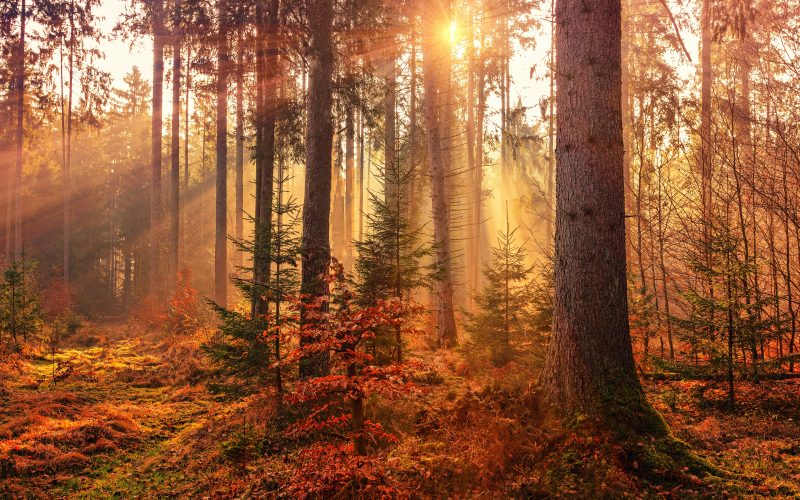Subheading: Exploring the Interplay of Art and Nature
Nature has always been a source of inspiration for artists throughout history. From the breathtaking landscapes captured by the Impressionists to the sublime vistas depicted in Romantic paintings, the bond between art and nature is undeniable. The harmonious blend of art and nature in landscapes creates a symphony of beauty that awakens our senses and stirs our emotions. In this article, we embark on a journey to discover the enchanting connection between art and nature, and how landscapes become the canvas for this artistic symphony.
Subheading: Nature as a Muse
Nature, with its ever-changing hues, textures, and forms, has long been a muse for artists. The play of light on a tranquil lake, the vibrant colors of a sunset, or the majestic grandeur of a mountain range—these natural wonders ignite the creative spark within artists, compelling them to capture the essence of their surroundings on canvas. The organic lines of a winding river, the delicate petals of a blooming flower, or the graceful curve of a tree branch all find their place in the realm of art, blurring the boundaries between the natural world and human imagination.
Subheading: Artists as Storytellers
Landscapes serve as a visual narrative, and artists act as storytellers, translating the beauty and spirit of nature onto their chosen medium. Through their paintings, photographers, and sculptors, artists can convey the tranquility of a hidden forest glade, the power of a thundering waterfall, or the serenity of a windswept beach. They capture fleeting moments, freezing them in time, so that viewers can experience the same emotions and connections with nature that inspired the artist.
Subheading: The Impressionistic Strokes of Light and Color
The Impressionist movement, with artists like Monet and Renoir at the helm, revolutionized the art world by focusing on the transient effects of light and color in nature. Their bold brushstrokes and vibrant palettes captured the essence of landscapes, emphasizing the ever-changing qualities of the natural world. Whether it was the dappled sunlight filtering through leaves or the interplay of hues on the surface of water, these artists sought to convey the fleeting, atmospheric impressions of nature.
Subheading: The Sublime in Romantic Landscapes
In contrast to the Impressionists’ emphasis on light and color, Romantic artists sought to evoke the sublime and awe-inspiring aspects of nature. Painters like Caspar David Friedrich and J.M.W. Turner sought to convey the raw power and untamed beauty found in landscapes. Their works often portrayed stormy seas, towering cliffs, or vast expanses of untamed wilderness. By capturing the immense scale and dramatic qualities of nature, Romantic artists invited viewers to reflect on their own place in the world and the overwhelming forces of nature that surrounded them.
Subheading: Beyond the Canvas: Land Art and Environmental Sculptures
While traditional paintings and photographs offer windows into the natural world, some artists go beyond two-dimensional mediums to create immersive experiences in nature itself. Land art and environmental sculptures merge art and nature, transforming landscapes into vast artistic installations. Artists like Andy Goldsworthy and Robert Smithson use natural materials like rocks, leaves, and water to shape their creations, allowing viewers to interact with art in a way that blurs the line between artist and observer. These artworks are temporary, subject to the whims of nature, reminding us of the impermanence and constant evolution of the world around us.
Subheading: A Call to Preserve and Appreciate












